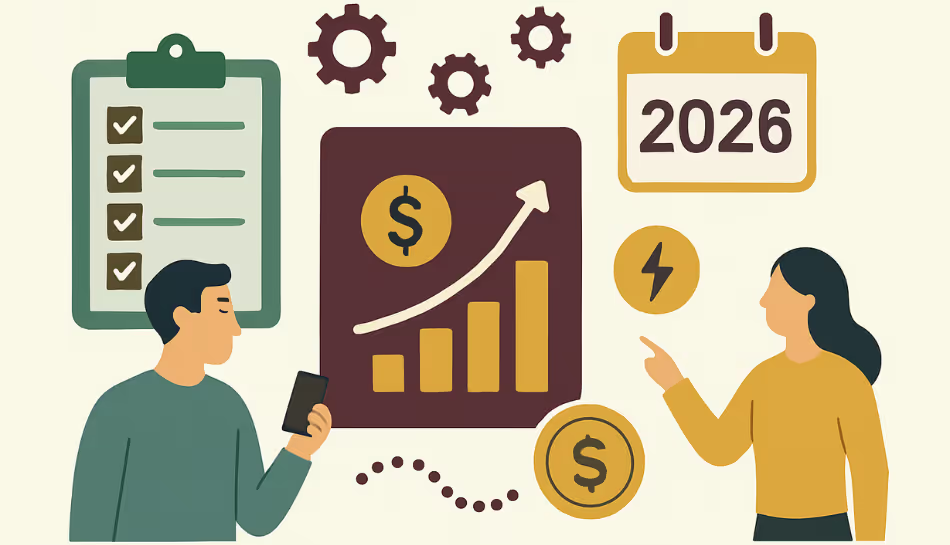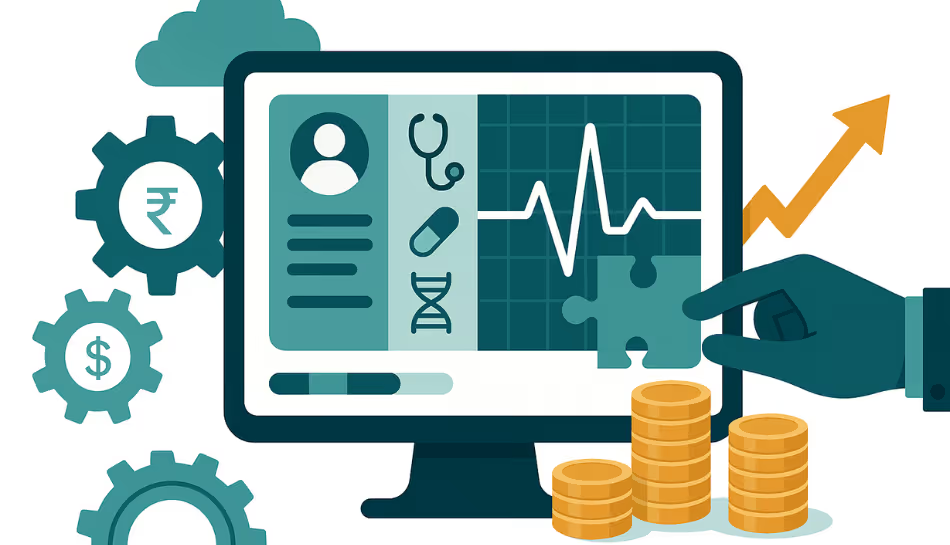Finance teams in 2026 face growing demands, faster reporting, real-time insights, and airtight compliance. Doing it all manually just isn’t sustainable. That’s why more businesses are embracing finance automation to streamline routine tasks and free up time for high-value work.
Thanks to modern finance automation tools, companies can now automate everything from invoicing to financial forecasting. Let’s explore six essential processes that are being transformed by automation in accounting and finance, and how they can help your business stay ahead.
1. Accounts Payable (AP) and Invoice Processing
Manually entering invoice data is time-consuming and error-prone. With finance workflow automation, companies can digitize their entire AP process:
- Automatically extract data from invoices
- Match invoices with purchase orders
- Route for approval
- Schedule payments
In 2026, many businesses are using AI-powered finance automation tools that learn from past entries and reduce manual checks, cutting processing time by up to 70%.
2. Accounts Receivable (AR) and Billing
Chasing payments is a hassle, but automating AR processes helps you stay on top of customer billing:
- Auto-generate invoices
- Send payment reminders
- Reconcile incoming payments
- Track overdue accounts
Automation in finance industry helps ensure steady cash flow by improving billing accuracy and reducing days sales outstanding (DSO). You also reduce friction for your customers with smoother digital payment options.
3. Financial Reporting Automation
Preparing monthly or quarterly financial reports used to take weeks. Now, with financial reporting automation, businesses can:
- Consolidate data from various departments and systems
- Generate reports instantly
- Customize dashboards for executives
- Maintain audit-ready records
This shift from spreadsheets to real-time dashboards saves time and reduces human error, making it a must-have for fast-moving organizations.
4. Automated Financial Planning and Analysis (FP&A)
Automated financial planning isn’t just about saving time, it’s about making better decisions. Modern tools now use machine learning to:
- Forecast revenue and expenses
- Run “what-if” scenarios
- Align budgets with business goals
- Track plan vs actuals continuously
With automated financial modeling, finance teams can move from reactive to proactive, predicting trends before they impact the bottom line.
5. Expense Management
Manual expense claims and reimbursements are slow, messy, and prone to fraud. Automation in accounting and finance has completely transformed this process:
- Employees upload receipts via mobile apps
- The system auto-categorizes and matches expenses to policies
- Managers approve with one click
- Payments are processed instantly
In 2026, smart expense tools even flag outliers automatically, ensuring tighter control over company spending.
6. Compliance and Audit Preparation
Staying compliant is a major responsibility, especially with changing tax laws and data privacy regulations. Finance automation helps by:
- Keeping audit trails of every transaction
- Automating tax calculations (e.g., GST, TDS)
- Creating real-time compliance reports
- Ensuring data is stored and accessed securely
Instead of scrambling at the end of the year, finance teams using financial accounting automation can produce audit-ready data anytime, saving stress and improving transparency.
Final Thoughts
Finance departments used to be seen as number-crunchers. Today, they are expected to be strategic partners, guiding the company’s growth through real-time insights and smarter planning.
Automation in finance and accounting empowers teams to do just that. By taking over repetitive tasks and improving accuracy, finance automation tools help reduce costs, speed up processes, and elevate decision-making.



